France’s MIGs and attack helicopters met little resistance when they swooped into the skies over northern Mali last Friday to halt the southwards advance of Islamist militias near Mopti, the country’s second largest city. Mercifully for the French, there was no sign of the surface to air missiles that the Salafist mujahedeen were reported to have stolen from Ghadafy’s arsenals in Libya at the end of the 2011 civil war. Nonetheless, whereas achieving air superiority in Mali was always going to be a walkover, winning a ground war and restoring peace and unity to the beleaguered West African nation presents an altogether more complex challenge.
The French government claim that they are merely softening up the territory in preparation for a military intervention lead by the Malian army and a coalition of ECOWAS forces. What they have failed to mention is that the Malian army hasn’t won a military encounter against Touareg rebels in the north of the country since the early 1960s, at least not without the help of local pro-government Touareg and Arab militias who know the terrain. Unfortunately, these militias won’t be on hand to help the Malian invasion this time round, not in the short term at least.
The north of Mali is as alien to the average soldier from southern Mali as the Alaskan tundra is to a citizen of Massachusetts or Vermont. That sense of alienation will be felt even more keenly by troops from Nigeria, Senegal, Benin and Ivory Coast, who are more used to jungle and savannah bush warfare, when they finally roll onto the vast treeless plains of the southern Sahara.
This is the land where the local Touareg or Arab in his souped up turbo 4×4 Landcruiser is king. Iyad Ag Ghali, the Touareg leader of the Salafist Ansar ud-Dine militia, is a master of the kind of super-fast hit-and-run guerrilla warfare that suits both the desert conditions and the sheer size of territory in question, which is roughly equal to that of Spain. His mujahedeen showed their verve last Sunday by capturing the small town of Diabaly, due north of Mopti, with a lightening strike that originated over the border in Mauretania. The ability to crisscross borders with little hindrance is another important aspect of the Islamists’ Houdini-esque style of combat.
Even if the Malian and ECOWAS troops manage to march in and recapture most of the major cities in the north, they’re likely to find that their enemy has become strangely invisible. All those foreign jihadists from Libya, Mauretania, Morocco, Algeria and even as far afield as France, Pakistan and the Middle East will slip away and return home. The local youth who have been fighting for one or other of the Islamist katibat or cells will simply stash their Kalashnikovs and don the ‘uniform’ of the local inhabitants; a civilian robe and a turban that covers the head and face, leaving only the eyes exposed.
A junior army officer from Lagos, Cotonou or even Bamako will find it very hard to tell the Islamist mujahid apart from the innocent native city-dweller or nomad. No doubt local informants will tender their services to the African coalition and no doubt summary executions and brutality against both the guilty and the innocent will ensue. Feelings of revenge against ‘white’ northerners – Touareg and Arab mainly – that have been brewing in the hearts of southern blacks and the darker skinned northerners will spill over into racial and ethnic violence. Vigilante groups, such as the feared militia of the black Songhoi people, the Ganda Izo, will rage into action with their machetes and petrol cans. Human rights organisations will have to work overtime.
The secular Touareg nationalist movement, the MNLA, are currently playing the good guys and offering to help the international community rid northern Mali of their bitter Islamist adversaries. This offer however is conditional on the autonomy, if not complete independence of the northern two thirds of the country, a condition which Mali is unlikely to accept. Moreover, the struggle between the MNLA and the Touareg-dominated Islamist Ansar ud-Dine militia will be a fratricidal one, pitting Touareg against Touareg, often within the same family or clan. It is unlikely to do much good to the social fabric of the region.
Meanwhile the Algerian and Mauritanian leaders of the Islamist groups who currently control the north of the country will simply vanish into the desert, possibly to live and fight another day. The Touareg, discredited by an association with Al Qaida in the Islamic Maghreb and other jihadist groups that only a small handful of their leaders ever really sought or wanted, will be back where they were before the great rebellion of the early 1990s; a marginalised, harassed and vilified people living under military occupation and watching their nomadic lifestyle and culture slowly disappear.
The question that France and international community need to answer is not how they can bomb Islamist columns and arms dumps without killing too many civilians, or how they can best support the Malian army and ECOWAS in their bid to retake the north, but how they can help to bring about a stable, functioning and harmonious Malian Republic to which all its people, northerners and southerners, feel they belong.
The joy expressed at the arrival of French fighter jets and paratroopers by most Malians in the south of the country and by a large tranche of the bruised and battered people of the north, who have been groaning under a doctrinaire Salafist regime since last April, is completely understandable. And perhaps the Islamist advance southwards towards Mopti had to be stopped in its tracks, threatening as it did the most strategic airport in the centre of the country and even the capital city Bamako further south. But if sanctioning a Malian army lead invasion of the north means returning Mali to the status-quo ante that existed before the Touareg uprising in January 2012, then it’s simply not a credible long term option. The Touareg ‘question’, the endemic corruption, the collusion between Mali’s security apparatus and shady northern criminal and Islamist elements, the lack of democratic accountability, the breakdown of law and order, all of these issues were alive and rampant back in 2011 and they’re still far from being resolved.
Like a massive dose of chemotherapy administered to a patient with advancing cancer, France’s intervention in Mali will serve to halt and stabilise the situation. But negative side effects are inevitable, and a complete cure seems as far away as ever.
Andy Morgan (c) 2013
First published on The Guardian’s website, January 15th 2013.

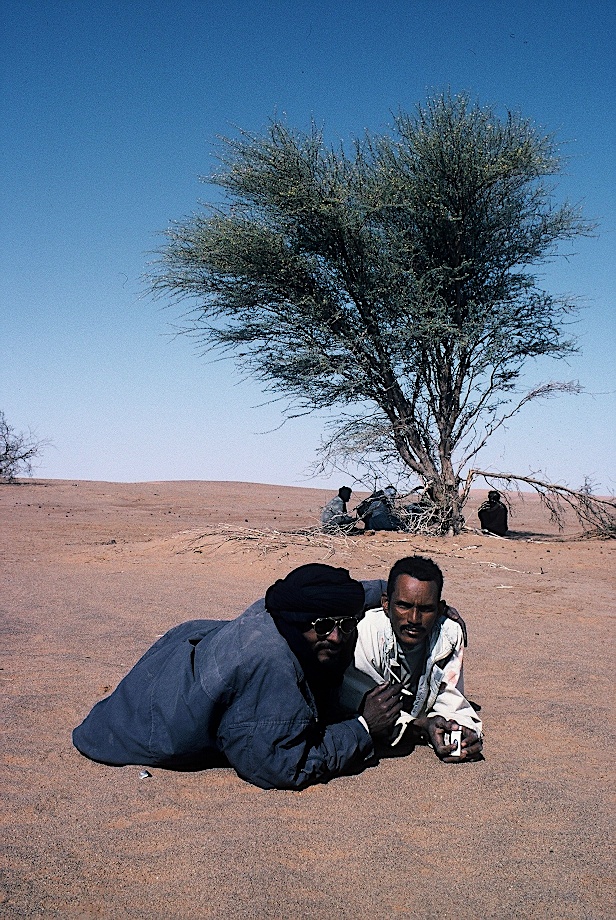
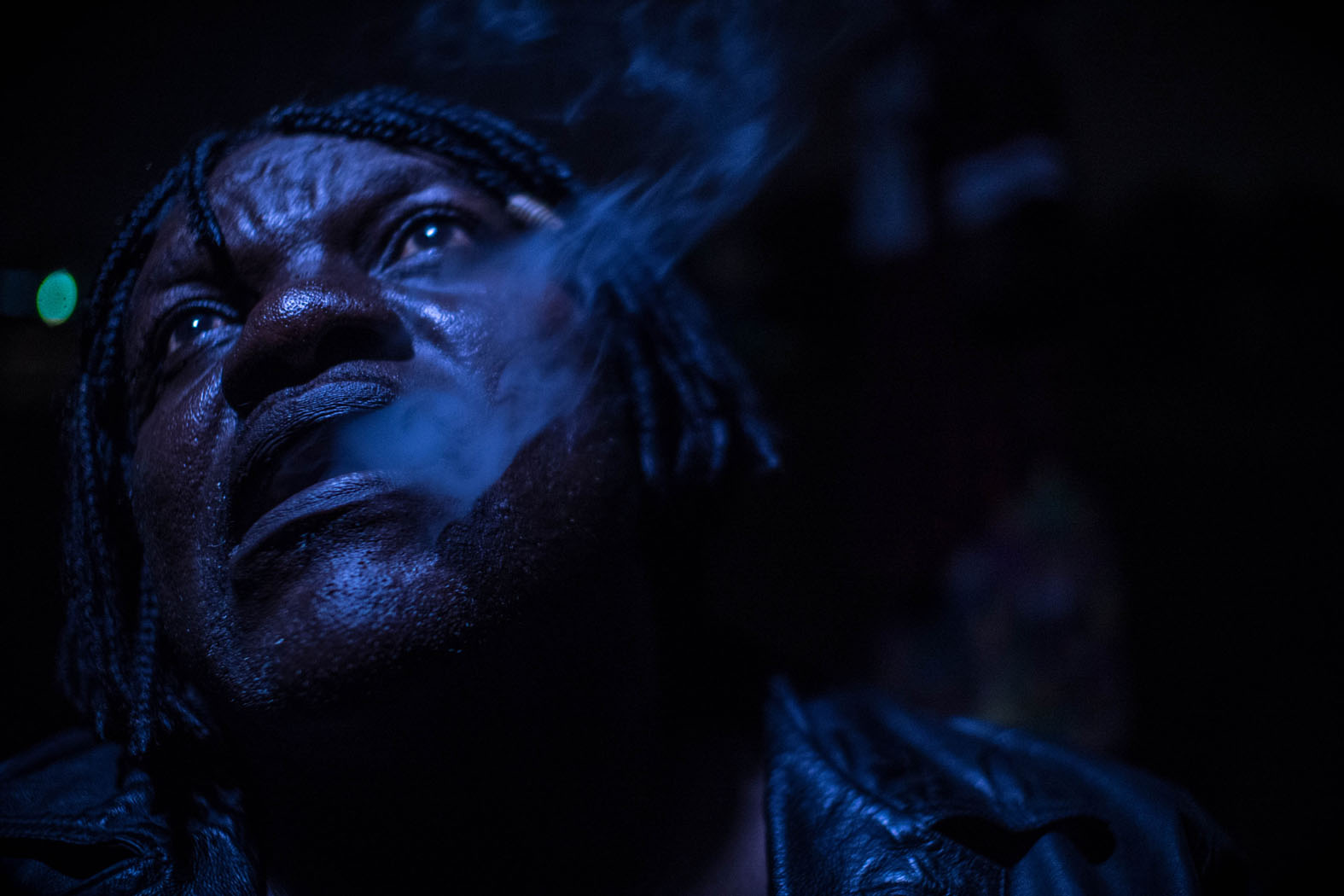
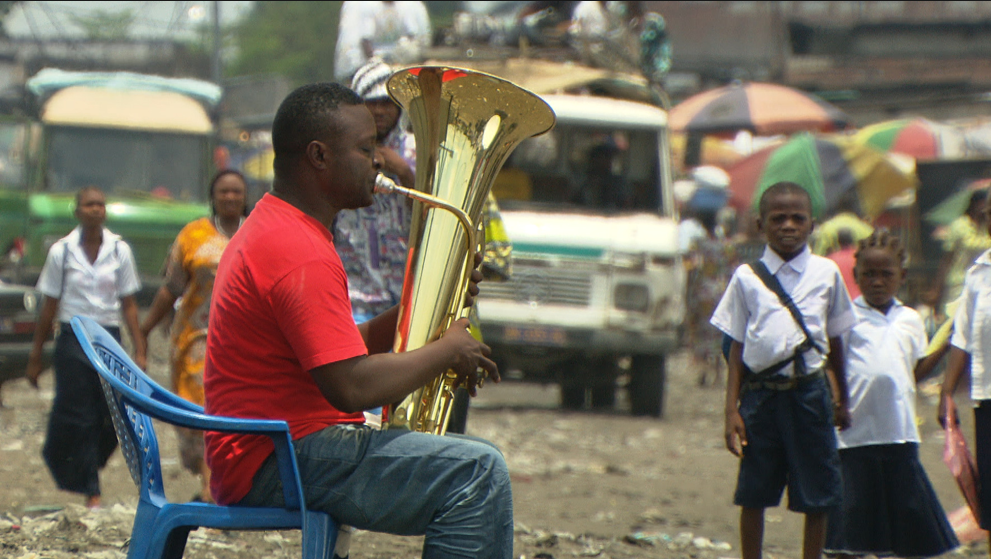

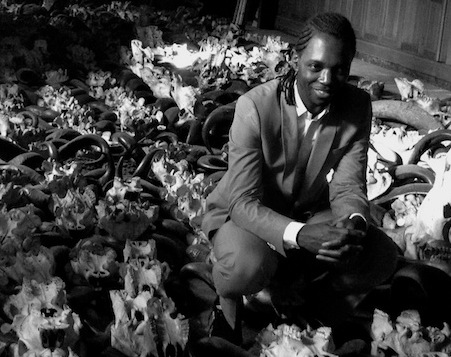
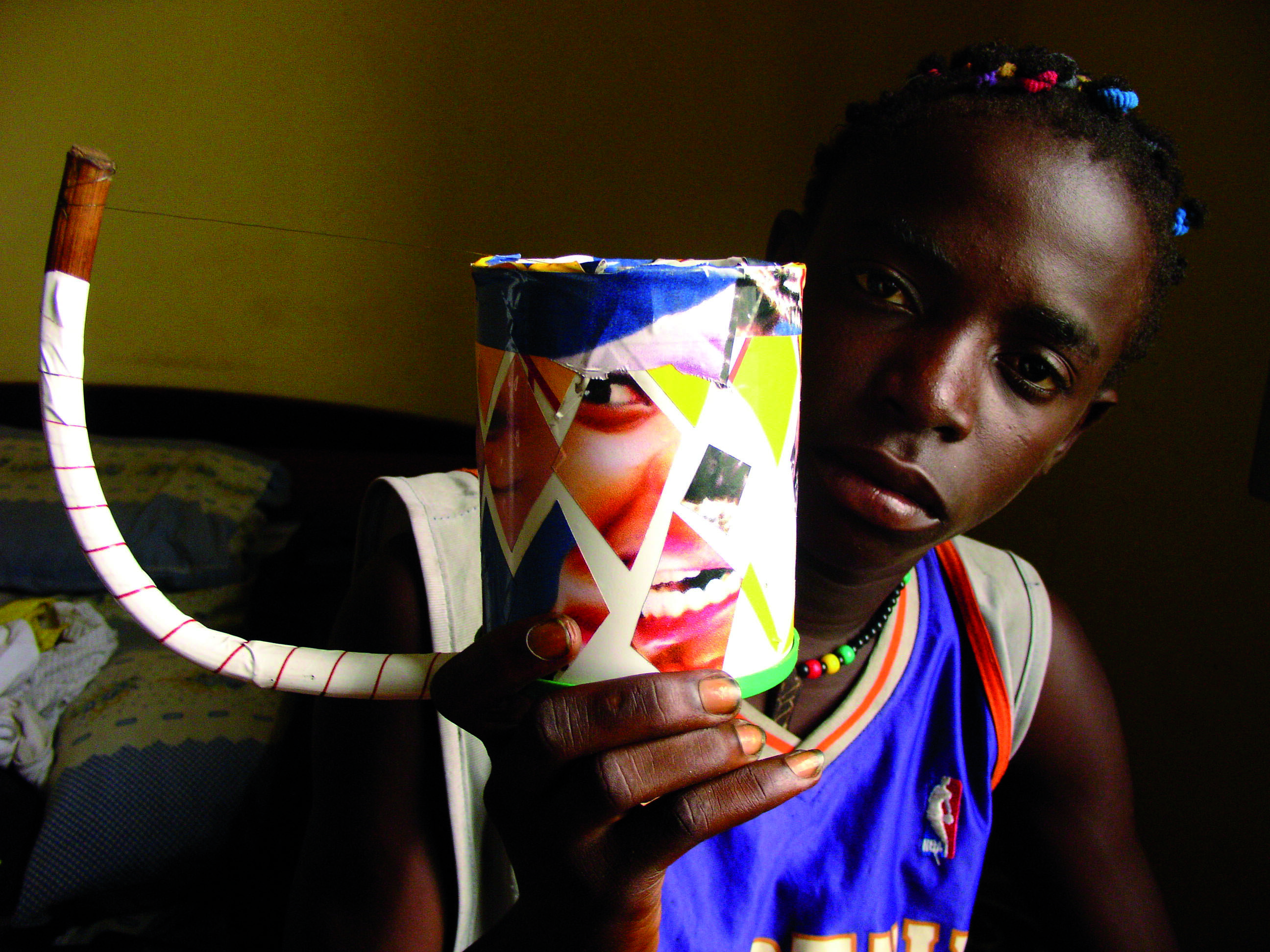
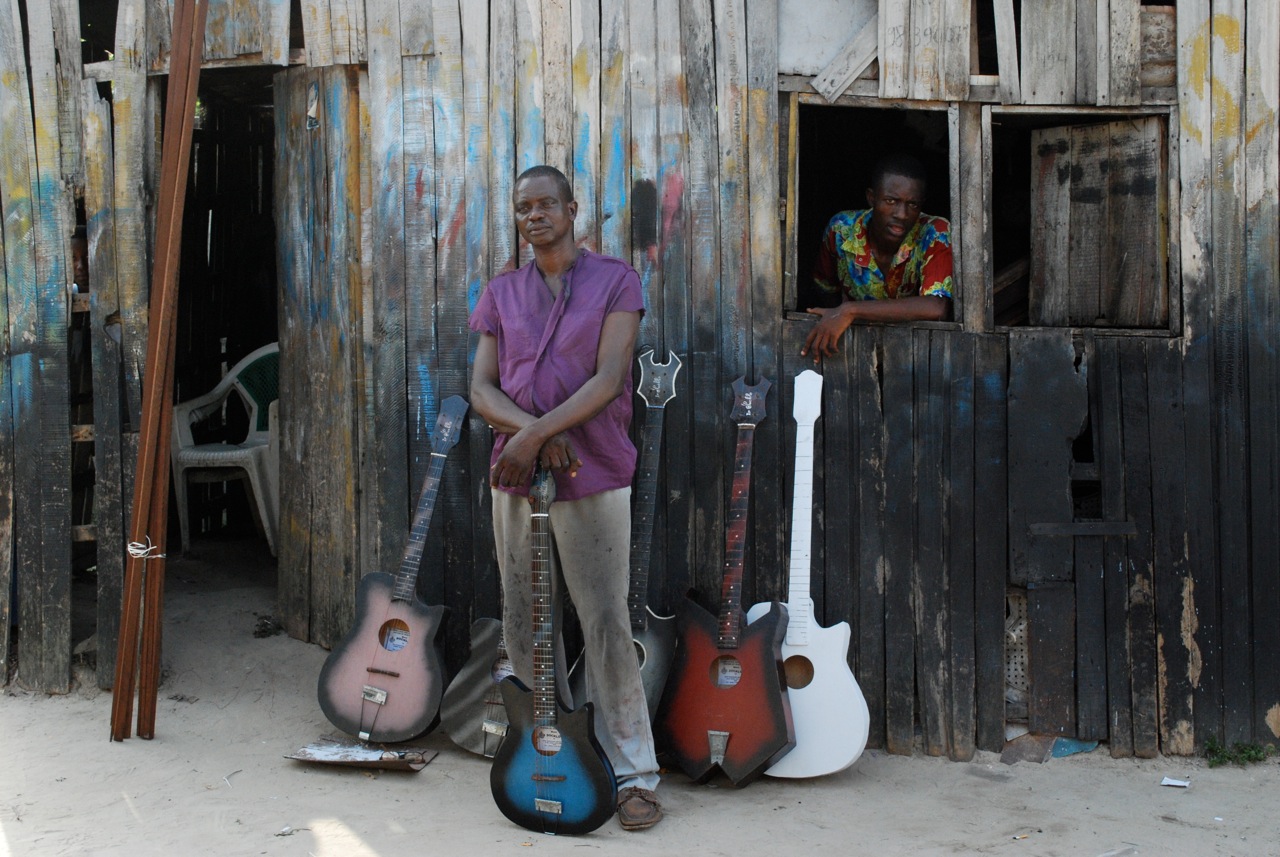
1 comment for “What next for Mali?”